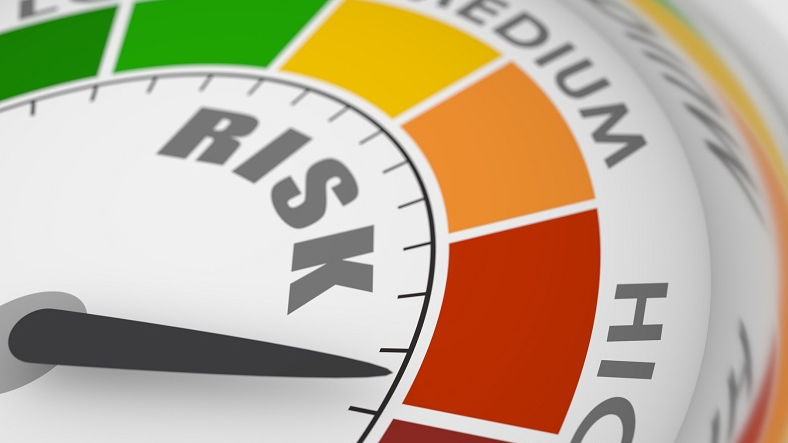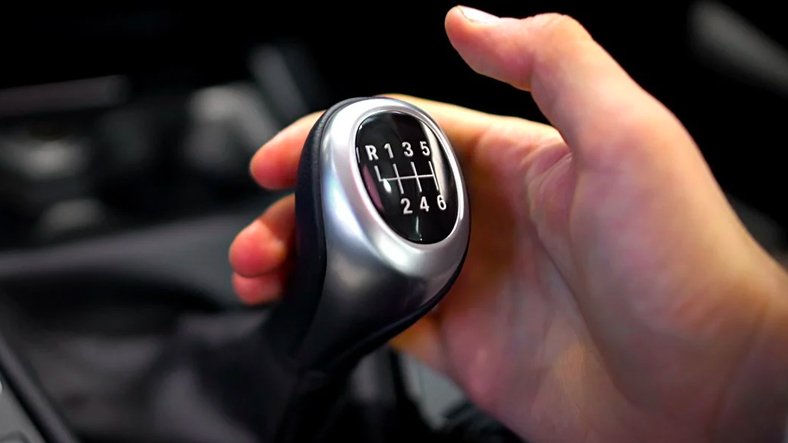High-revving driving can be an exciting experience for many drivers, but it can also have serious effects on the performance, durability and longevity of your vehicle.
‘High speed driving’, a term we frequently encounter today but cannot fully understand, actually refers to the performance and performance of our vehicle. long term health may have significant effects on the
What high-rpm driving means and knowing what consequences it will have, It is very important for you and your car.
What does rev mean in cars?
Revolution in cars crankshaft It refers to the number of times it rotates around its own axis per minute. When combustion occurs in the engine, the pistons move up and down. The energy of these moving pistons is transferred to the crankshaft. The energy transferred to the crankshaft is flywheel It is transferred to the transmission via . As the crankshaft rotates, energy is supplied to the engine by the flywheel mechanism.
When you press the gas while driving your car revs increase, the power increases up to a point. Therefore, it is unnecessary to set the revs high for maximum power.
High turnover brings high risk.

Automobile engines are designed to operate optimally at certain speeds, and the speed that many engines can reach today is electronically controlled. is limited.
Your vehicle if it has automatic transmission You don’t have to worry about using the engine at higher revs than necessary, but manual transmission In vehicles, you may be revving the engine higher than necessary by not upshifting in time or by downshifting while driving at high speeds. When you constantly drive at high speeds, the risk of problems that may occur in your vehicle increases significantly.
It is very important that you know when to shift gears.

Gear; It is a mechanism found in automobiles and similar motor vehicles that adjusts the engine’s ability to transfer speed and torque to the wheels. Gear system; optimizes the efficiency of the vehicle, It allows it to adapt to different road conditions and driving needs.
Changing gear is directly proportional to the speed. Replacement cycle; Although it varies depending on many factors such as engine power, driving style and environmental conditions. 2000 to 2500 Changing gears in the rev range between is suitable for economical driving.
So what happens if you drive your car at high RPM?
First of all, driving at high speeds requires more fuel/emissions, as a result, your car’s fuel consumption will increase more. Again, not driving at ideal speeds wear and tear on your engine and may cause premature wear. It can also damage the valve mechanism that controls the flow of gas in and out of the engine.
If the valve mechanism is damaged, problems may occur in the air and fuel inlet sent to the combustion chamber of the engine, and in the evacuation of exhaust gas. disruptions it could be. So, if you have a habit of driving high-speed vehicles for a long time, it would be better for you to keep close ties with some experts from the industry.
Our other content related to the car era:
RELATED NEWS
A Must for Efficient Acceleration: What is the Optimum RPM for Changing Gear?
RELATED NEWS
Is Torque or Horsepower More Important in Car Performance?
RELATED NEWS
